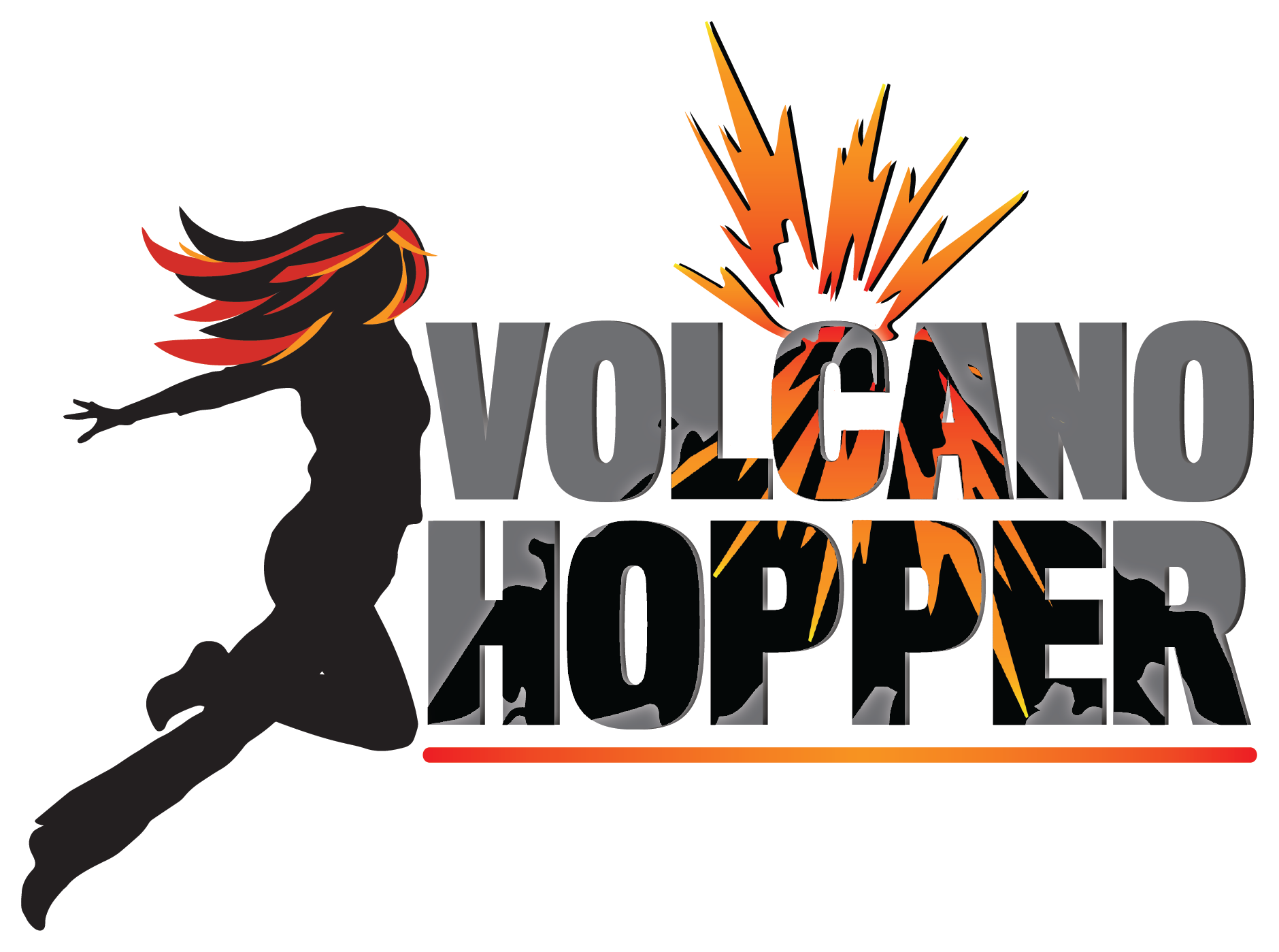There are two main styles of eruptions:
Explosive
Not much to explain here. It’s like stacking a metric ton of dynamite under a pile of rocks and lighting the fuse. I hope you can run fast.
The magma associated with explosive eruptions is usually composed of andesite, rhyolite and/or dacite. These rocks, when molten, do not flow very well and have a very high viscosity. Imagine watching peanut butter flow out of the jar and into a bowl. It’s a very slow and sticky process. When the gas in this type of magma increases to the point of setting off an eruption, this viscous magma tears itself apart and explodes. This, in part, is what causes some of the most violent eruptions mankind has ever witnessed.
Examples: Mount. St. Helens, Mt. Pinatubo, Mt. Unzen
Effusive
This is where the lava coming from the volcano flows. It can still move faster than you can, so uphill is the best option if it’s coming your direction.
Lava associated with effusive eruptions has a lower viscosity, and flows much more easily. It’s more like drizzling honey into a bowl. When these eruptions happen, spectacular fountains can occur, or lava can just bubble up and flow down the slopes. Either way, it’s quite the show.
Examples: Mauna Loa, Kilauea, Haleakala
Of course, some volcanoes can’t make up their minds, and will switch it up. Some can swap back and forth between explosive and effusive eruptions. Mt. Etna is a great example of this.
Copyright © 2017 Volcano Hopper. All rights reserved.
